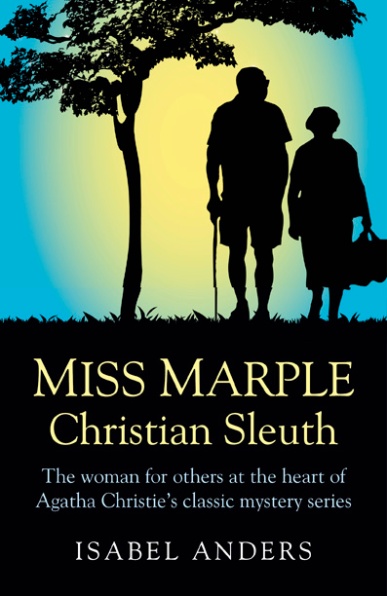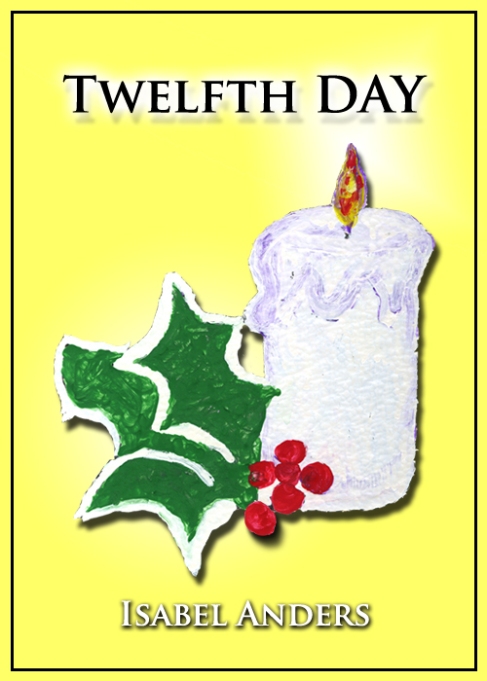Uncommon is sort of a funny word—not common, unusual—that I chose to describe my Mother-Daughter Wisdom collections. I guess the most unusual part is probably the form that I used: short, succinct dialogues between an unnamed, nonspecific age-period Mother and Daughter.
“Why do I feel one way toward my Destiny now, and the next day another?” asked the Daughter, perplexed.
“The way itself is more of a labyrinth than a direct path,” her Mother assured her. “You will learn more from the arcs and curves and unexpected byways than from the straight lines of your journey.”
Perhaps simply to talk about Meaning in everyday life is Uncommon in itself. Yet all of our day-to-day experiences with those closest to us are continually teaching us something—and if it is Uncommon to make those implicit lessons explicit—here’s to Uncommon discourse.
But I’m aware too of the irony in the adjective Uncommon. In a sense, this homespun wisdom is extremely common, in that it is “struck up” (to change the metaphor) all the time between many individuals—like matches being mutually lit by flinty contact.
I just chose to mark some instances of its creation and pass it on.
And I’ve also had the privilege of writing about the Uncommon life and “career” of the fictional Miss Marple, based on a study of the Agatha Christie texts and the spiritual themes that emerged—in my new book Miss Marple: Christian Sleuth (just released!).
For instance: In A Pocket Full of Rye, Miss Marple becomes involved in investigating the poisoning death of businessman Mr. Rex Fortescue, who lives in Yew Tree Lodge in Baydon Heath, a newer development of homes for financiers who work “in the city.”
“Frankly, he was an odious man. Anybody might have done it,” admits the housekeeper.
Miss Marple’s mission is one of mercy and of duty, which becomes clear after the Fortescues’ housemaid Gladys, whom Miss Marple herself once employed, becomes a victim as well.
“It’s uncommonly good of you to have come here, Miss Marple,” Inspector Neele was gracious when he saw “the mild, earnest face of the old lady” who had come to help solve the crime.
“It was my duty, Inspector Neele. The girl had lived in my house. I feel, in a sense, responsible for her.”
Uncommon compassion, indeed.
If these studies help us to see how the Uncommon is threaded through the common experiences—especially of women—I think the adjective is more than fulfilled.


